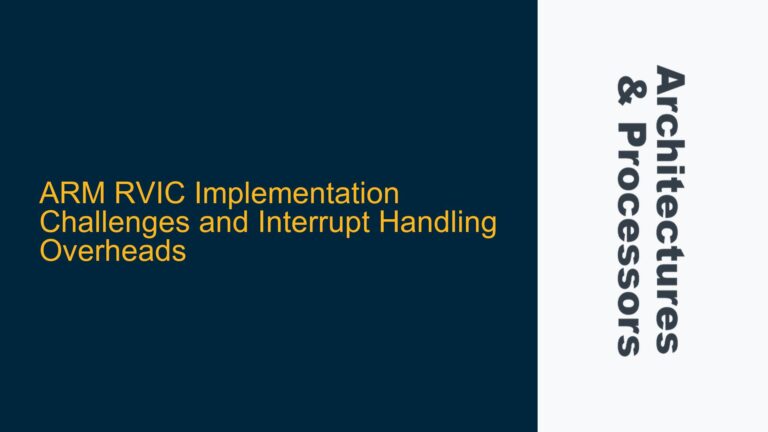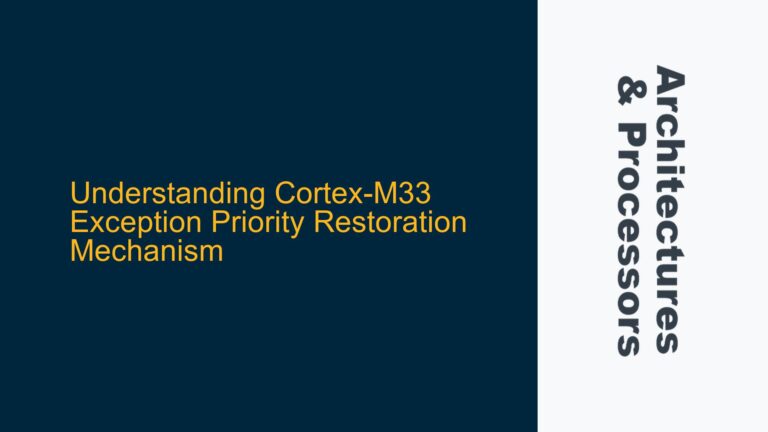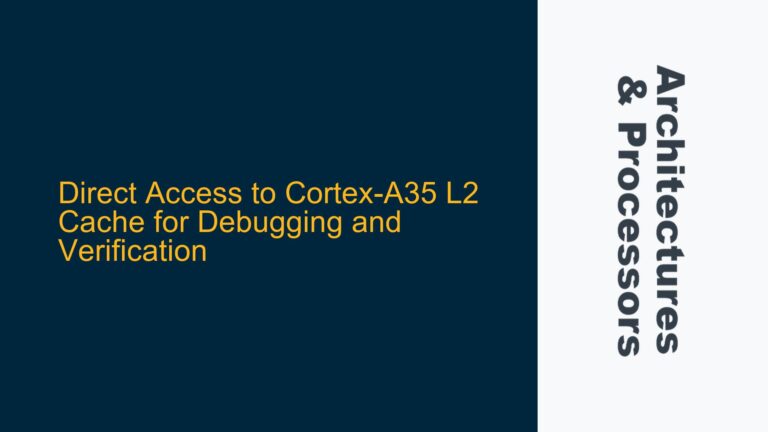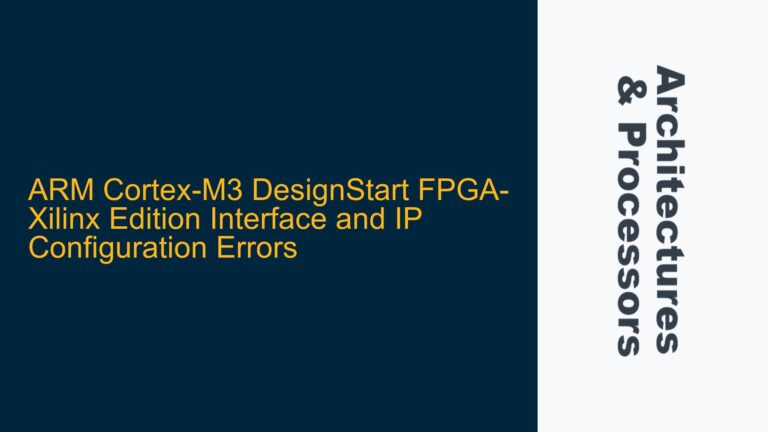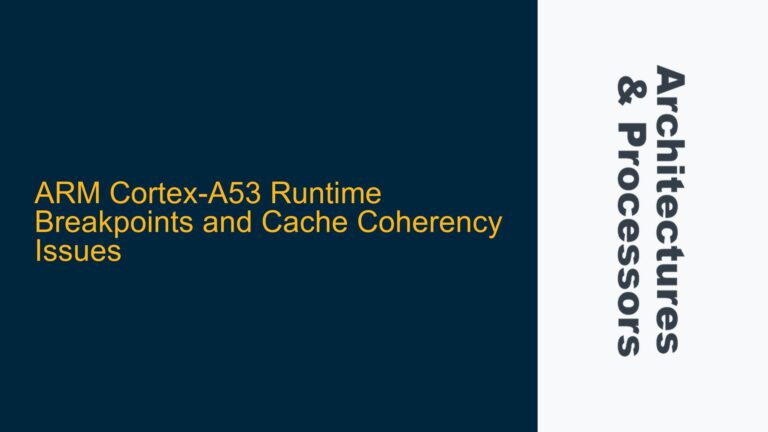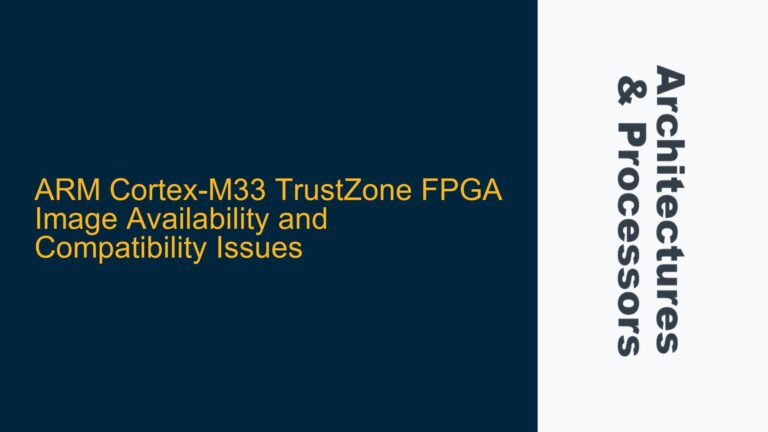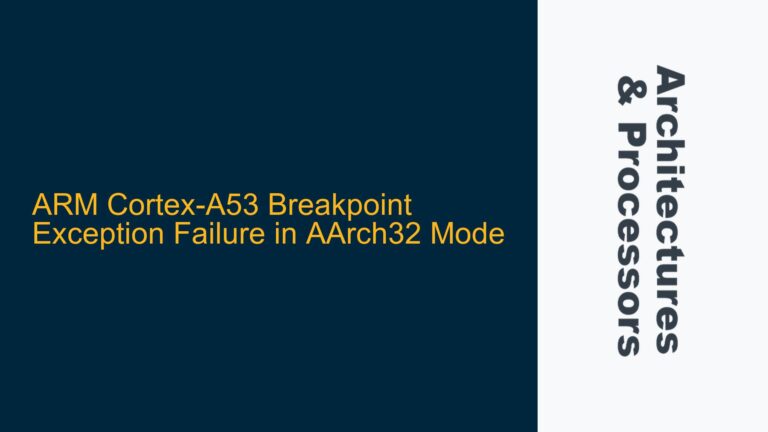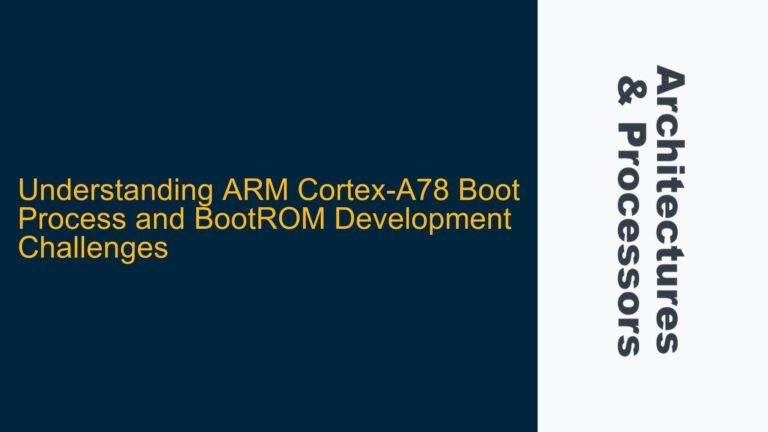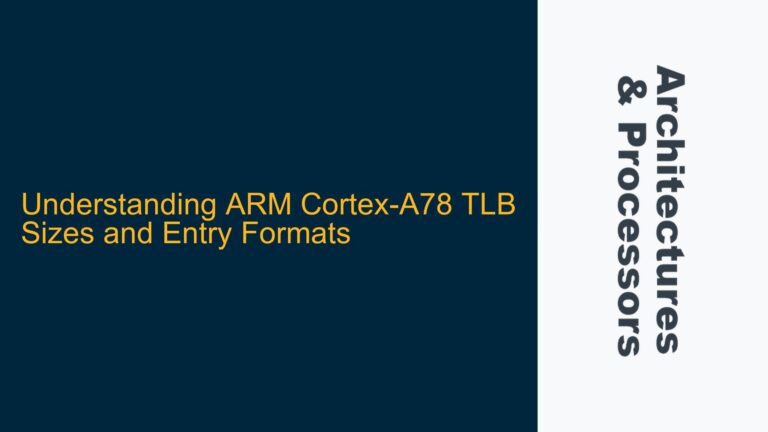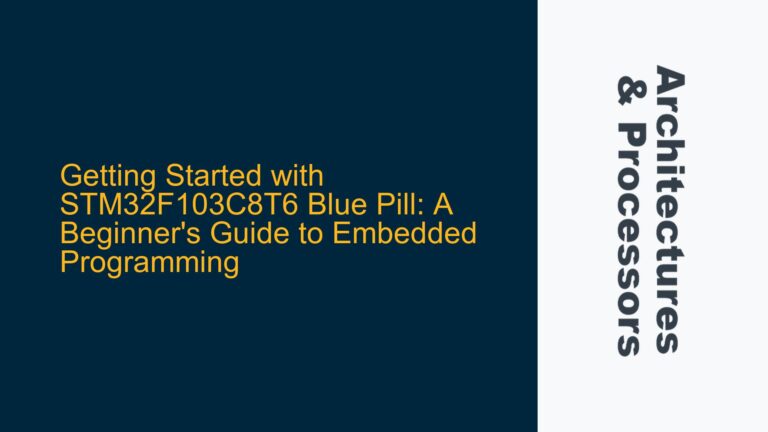ARM RVIC Implementation Challenges and Interrupt Handling Overheads
ARM RVIC as a Hypervisor Abstraction Layer for GICv2 and Beyond The Reduced Virtual Interrupt Controller (RVIC) is a software abstraction layer designed to simplify interrupt handling in virtualized environments, particularly when using ARM’s Generic Interrupt Controller (GIC) versions such as GICv2, GICv3, and GICv4. The RVIC specification aims to provide a unified interface for…
